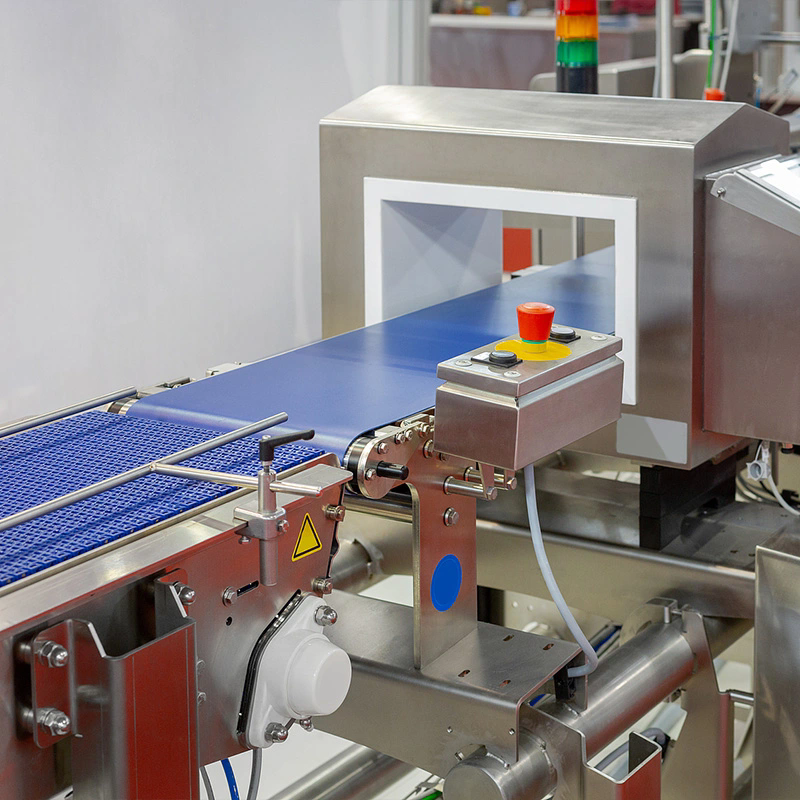How Mechanical Structure Pipes Shape Modern Engineering
2025-08-25
Mechanical structure pipes play a pivotal role in modern engineering and manufacturing. From automotive frames to construction scaffolding, these pipes are designed to provide exceptional structural integrity, durability, and versatility. Unlike ordinary pipes used for fluid transportation, mechanical structure pipes are optimized for load-bearing applications where strength, precision, and reliability are critical.
The increasing demand for lightweight yet robust materials has positioned mechanical structure pipes as a preferred choice across industries. These pipes are manufactured from high-quality carbon steel, alloy steel, or stainless steel, ensuring superior performance under different environmental conditions. Their production involves advanced cold-drawing, hot-rolling, or welding techniques to achieve consistent dimensions and enhanced mechanical properties.
Key applications include:
-
Automotive chassis, steering systems, and suspension components
-
Construction scaffolding, frameworks, and architectural structures
-
Agricultural machinery and industrial equipment
-
Aerospace and railway manufacturing
-
Furniture, sports equipment, and mechanical tools
As industries adopt advanced technologies, the demand for high-precision mechanical structure pipes continues to rise, particularly in North America, Europe, and Southeast Asia.
What Makes Mechanical Structure Pipes Unique?
Mechanical structure pipes stand out due to their specialized design and performance standards. Unlike conventional seamless or welded pipes, these are engineered for structural applications where dimensional accuracy, tensile strength, and surface finish are critical.
Advantages of Mechanical Structure Pipes
-
High Strength-to-Weight Ratio – Ensures stability without adding unnecessary bulk.
-
Dimensional Accuracy – Manufactured with precise tolerances to support complex assembly requirements.
-
Versatility in Shapes – Available in round, square, and rectangular profiles to suit diverse applications.
-
Corrosion Resistance – Coated or stainless variants extend service life in harsh environments.
-
Cost-Effectiveness – Lower fabrication and maintenance costs due to consistent quality.
Technical Specifications of Our Mechanical Structure Pipes
| Specification | Details |
|---|---|
| Material Grades | Q195, Q235, Q345, 20#, 45#, ST52, ASTM A500 |
| Outer Diameter | 10 mm – 500 mm |
| Wall Thickness | 0.5 mm – 50 mm |
| Shape Options | Round, Square, Rectangular |
| Surface Treatment | Black painting, galvanizing, oiling, polishing |
| Standards | ASTM, DIN, JIS, GB/T |
| Production Process | Cold-drawn, hot-rolled, ERW, seamless |
| Tensile Strength | 370 MPa – 650 MPa |
| Yield Strength | 235 MPa – 460 MPa |
| Applications | Automotive, construction, machinery, aerospace |
These parameters make our mechanical structure pipes adaptable for industries requiring high precision and performance under challenging conditions.
Manufacturing Process Overview
The production of mechanical structure pipes involves a meticulous sequence to ensure top-quality output:
-
Material Selection: Premium-grade carbon or alloy steels are chosen based on application needs.
-
Forming & Rolling: Pipes are shaped using cold drawing or hot rolling for dimensional consistency.
-
Heat Treatment: Enhances strength and improves toughness.
-
Surface Finishing: Options include galvanizing, polishing, and protective coatings.
-
Quality Testing: Ultrasonic inspection, hydrostatic pressure tests, and dimensional checks guarantee compliance with international standards.
How to Choose the Right Mechanical Structure Pipe
Selecting the right mechanical structure pipe requires understanding the application's load requirements, environmental conditions, and engineering specifications.
Factors to Consider
-
Application Requirements: Determine whether the pipe is intended for automotive, structural, or mechanical use.
-
Material Composition: Stainless steel for corrosion resistance, carbon steel for affordability, and alloy steel for extreme conditions.
-
Dimensional Precision: Ensure the pipe meets the exact tolerances required for assembly.
-
Surface Coatings: Galvanized or painted surfaces extend durability in humid or corrosive environments.
-
Standards Compliance: Always confirm adherence to ASTM, DIN, JIS, or GB/T specifications.
Global Market Trends
The global mechanical structure pipe market is projected to grow significantly due to increased infrastructure investments and industrial automation. High-strength, lightweight pipes are particularly in demand for electric vehicle chassis and high-rise construction frameworks.
Mechanical Structure Pipe FAQs
Q1. What is the difference between mechanical structure pipes and standard seamless pipes?
Answer: Mechanical structure pipes are designed primarily for load-bearing and structural applications, whereas standard seamless pipes are often used for transporting fluids and gases. Mechanical structure pipes offer superior dimensional precision, higher tensile strength, and better adaptability to shaping processes, making them ideal for automotive, aerospace, and construction industries.
Q2. How do I ensure the mechanical structure pipe I choose meets quality standards?
Answer: Always check the manufacturer’s compliance with recognized standards such as ASTM A500, DIN EN 10210, or GB/T standards. Additionally, request material certificates, tensile test reports, and ultrasonic inspection results. Choosing suppliers with strict quality control systems ensures the pipe will meet both safety and performance requirements.
Mechanical structure pipes are a cornerstone of modern engineering, enabling innovative designs and robust construction across multiple sectors. Whether it’s for automotive frames, high-rise buildings, or industrial machinery, selecting the right pipe ensures durability, cost efficiency, and structural stability.
Shuangsen has been a trusted provider of high-quality mechanical structure pipes, offering products that comply with global standards and exceed customer expectations. Our expertise, advanced manufacturing technology, and rigorous quality control make us the ideal partner for your engineering and manufacturing projects.
For inquiries, specifications, or bulk orders, contact us today to explore how Shuangsen can provide the perfect mechanical structure pipe solutions for your business needs.



